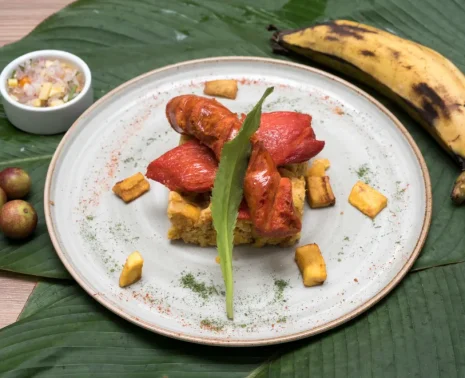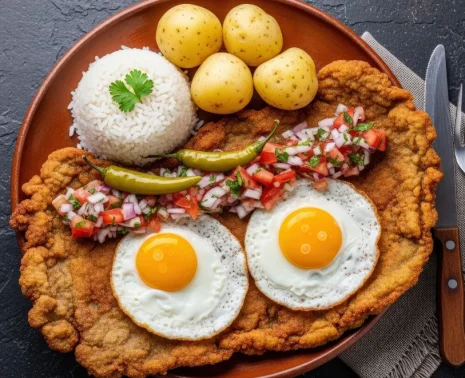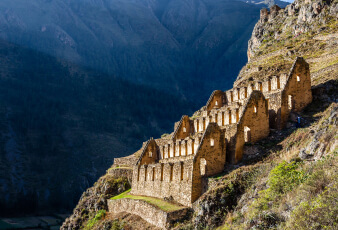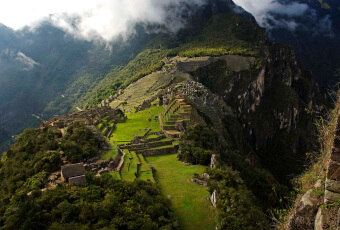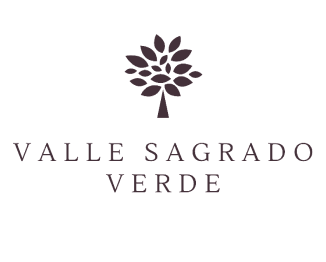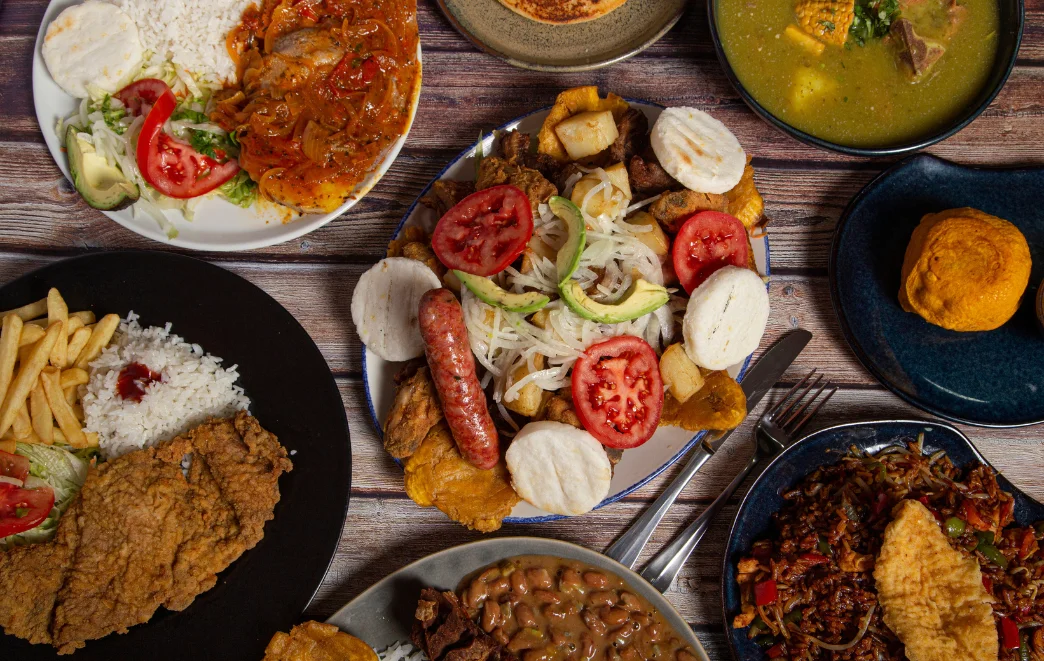
Traveling to Colombia is a feast for the senses, and perhaps nowhere is that more evident than in the cuisine. Deeply rooted in local tradition and shaped by geography, history, and community, Colombian food tells stories. Every region, from the misty Andean highlands to the tropical Caribbean coast, offers something distinct, delicious, and worth discovering.
This Colombian food guide is your invitation to eat like a local, with elegance and curiosity. Let Kuoda take you beyond the familiar, into kitchens, markets, and moments that reveal the spirit of Colombia, one dish at a time.
Coastal Boldness: Seafood and Coconut
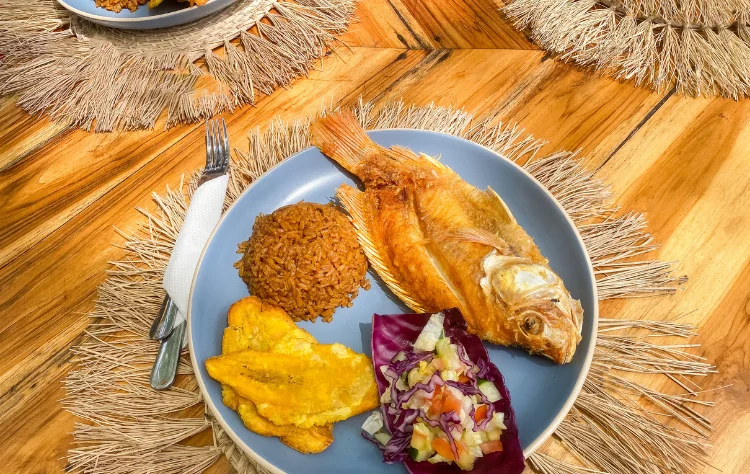
On Colombia’s Caribbean coast, where the ocean hums in the background and the air carries a warm spice, you’ll find dishes infused with rhythm and soul. Here, coconut is king. The beloved arroz con coco (coconut rice) is rich, slightly sweet, and surprisingly savory, cooked down slowly until the coconut milk caramelizes with sugar, salt, and often, plump raisins. It’s typically paired with freshly caught fish grilled over an open flame, garnished simply with lime and love.
Colombian ceviche, another coastal staple, reflects the region’s boldness. Unlike its Peruvian cousin, Colombia’s version includes tomato-based sauces with hints of lime and cilantro, often served cold with saltine crackers, a reflection of coastal resourcefulness and local flavor. It’s bright, tangy, and as refreshing as a sea breeze on a hot day.
Heartland Comfort: The Soul of the Andes
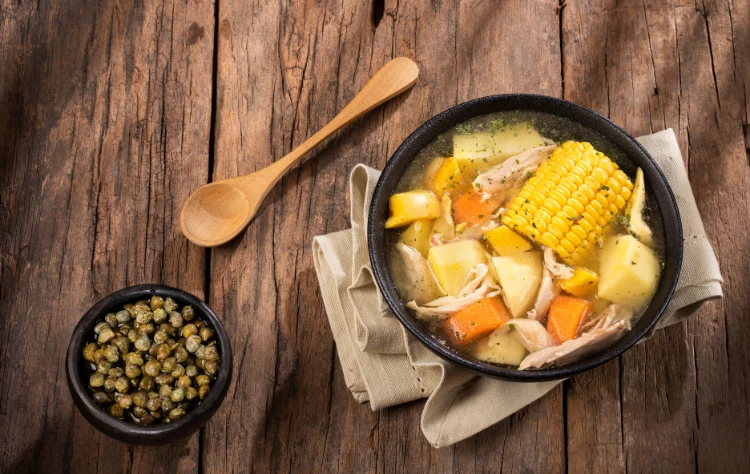
In Bogotá and surrounding Andean towns, the pace slows. Altitude calls for warmth, and meals are deeply nourishing. One of the region’s most iconic comfort dishes is ajiaco, a thick, almost stew-like chicken soup. It’s made with three types of potatoes, each adding texture and body, and seasoned with guascas, an herb found in the Colombian highlands. Corn on the cob simmers in the broth. When served, ajiaco is accompanied by slices of creamy avocado, capers, and a dollop of sour cream. It’s not just food; it’s ceremony.
And then there’s bandeja paisa, a robust platter that showcases Colombia’s culinary range on a single plate. Ground beef, chorizo, pork belly, red beans, fried egg, plantain, avocado, and arepa all share space on a generous tray. Originally crafted to sustain farmers and laborers, it’s now a beloved national treasure. When you sit down to a bandeja paisa in Medellín, you’re participating in a tradition as filling as it is flavorful.
The Arepa: Colombia’s Everyday Essential
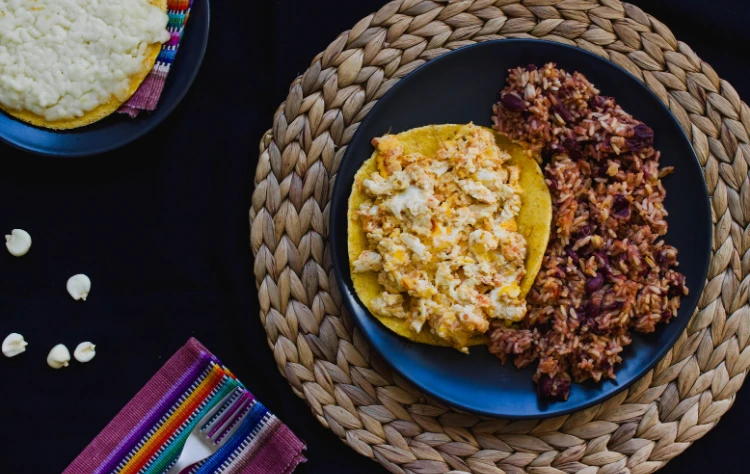
No Colombian food guide is complete without mention of the arepa. Found at every meal, in every region, and on nearly every street corner, the arepa is Colombia’s most versatile food. A simple flatbread made from maize, it’s served grilled, baked, fried, or steamed, depending on local tastes. In Bogotá, it’s thin and plain; in Cartagena, it might be stuffed with cheese and fried golden; in Medellín, sweetened or savory.
What makes the arepa special is its quiet ubiquity. It’s not just a side, it’s a cultural touchpoint. A soft canvas for flavor and tradition, the arepa meets the traveler wherever they are.
Sweet Notes and Afternoon Delights
Colombia doesn’t shy away from dessert. Enyucado is a standout, a dense cake made from grated yuca (cassava), coconut, cheese, and star anise. It’s chewy, a little earthy, and balanced by the creamy richness of coconut milk. Served often in the afternoon with a strong cup of black coffee, it’s a treat that connects Colombia’s coastal and inland culinary traditions.
Torta envinada, a wine-soaked cake, is another festive favorite. Similar to fruitcake but far more decadent, it’s spiced, soaked in red wine, and studded with dried fruits and nuts. Often passed down through generations, torta envinada is served at holidays and special gatherings, a sweet finale that lingers in memory.
Where Tradition Meets Exploration
Colombian cuisine is never one thing. It’s an exploration of ecosystems, from rainforest to savanna, from market stalls to mountain kitchens. In Cartagena, you might try fried mojarra with coconut rice and patacones (crispy plantains). In the Valle del Cauca, expect to see sancocho, a rich, hearty stew of meat, plantain, yuca, and corn, gracing the table at family gatherings.
And always, there’s fruit. Mangoes, guanábana, lulo, maracuyá, fruits you’ve never heard of but will dream about after your first taste. Juice bars (juguerías) dot the cities and towns, offering fresh blends that rival any wine tasting in complexity and delight.
Experiencing Colombian Cuisine with Kuoda
At Kuoda, we don’t just show you the food, we introduce you to the hands that prepare it. Our journeys often include visits to local markets, family kitchens, cacao farms, and hidden restaurants that rarely see tourists. You’ll meet chefs reimagining Colombian classics and grandmothers preserving age-old recipes.
Whether you’re sampling street arepas in Bogotá or dining oceanside in Tayrona, we curate moments that are as enriching as they are delicious. Because to truly know a place is to taste it, and Colombia, with all its regional flavor and culinary pride, is one of the richest places you can know.
Let this Colombian food guide be a doorway. Not just to meals, but to memory. To stories shared over plates of ajiaco, to laughter sparked by a new flavor, to a deeper, more connected way of experiencing travel.
Ready to taste Colombia the Kuoda way? Let’s begin your journey, flavor by flavor.
Peru Culinary Tours: A Taste of Tradition and Innovation with Kuoda
Peru has earned global recognition as one of the world’s top culinary destinations, celebrated for its fusio...
Read PostBolivian Cuisine Traditions: A Taste Beyond Fast Food
Where Heritage Shapes Every Bite When McDonald’s closed all of its restaurants in Bolivia in 2002, it becam...
Read PostArgentina Wine Journey: Savoring Elegance from Mendoza to Patagonia
Argentina’s winemaking legacy runs deep, rooted in the mineral-rich soils of the Andes and nurtured by the h...
Read Post










